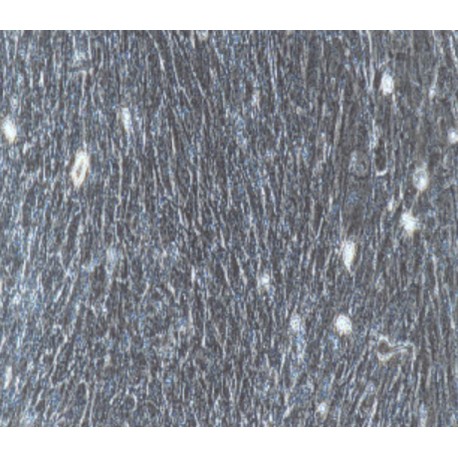No products
Product successfully added to your shopping cart
There are 0 items in your cart. There is 1 item in your cart.
Primary Cells
- Protein Control Ligand
- Pathway Inhibitors
- Function Modulators
- Activators
- G Protein-Coupled Receptor Ligands
- Nuclear Receptor Ligands
- GDNF Receptors
- TNF Receptors
- Transcription Factors
- Chemokines
- Cytokine Receptors
- Biomarkers and Buffer Solutions
- Molecular Probes
- Stem Cell Research
- Alzheimer's Disease
- Apoptosis
- Cancer Research
- Epigenetics
- Metabolites
- PET/SPECT Imaging Precursors
- Customized Screening Library
- Ultra Pure Pharmacological Standard
- Tissue Microarray (TMA)
- Proteins and Antibodies
- Primary Cells
- ELISA KIT
- Natural Products
- Lab Equipments
- Humanized Mice for PDX Platform
- Rare Chemicals
- Custom Synthesis
- Antibacterial
- Antifungal
- Antioxidant
- Antiviral
- Molecular Glues
- PROTAC Linker
- SARS-CoV
 View larger
View larger Human Primary Bladder Fibroblasts Cells
HUM-u009
Each vial contains >5x105 cells in 1mL volume
Molarity Calculation Cart®
HOW TO ORDER
More info
Cell Details
The bladder is a urine storage organ. It is a cystic structure composed of smooth muscles. It is located in the pelvis and has a rear end opening that communicates with the urethra. There is a sphincter at the junction of the bladder and the urethra, which can control the discharge of urine.
The bladder wall is divided into three layers: the serosal layer, the muscular layer and the mucosal layer. The fibroblasts are mainly located in the connective tissue of the serosa layer. Fibroblasts are the most common cells in connective tissue. Electron microscopy, fibroblasts A rich rough endoplasmic reticulum, free ribosome and Golgi complex are observed in the cytoplasm, indicating that it has the function of synthesizing and secreting proteins. One of the main functions of fibroblasts is known to synthesize collagen and other extracellular matrices.
Bladder fibrosis is an important cause of upper urinary tract damage. Fibroblast overgrowth is a basic condition leading to polishing fibrosis; therefore, in vitro culture of bladder fibroblasts is of great significance for studying the mechanism of bladder fibrosis.
Cell Characteristics
1) The cells are derived from normal bladder tissue that has been surgically removed.
2) Cells were identified: fibronectin (Fibronectin) or vimentin (of Vimentin) stained positive by immunofluorescence.
3) The purity of the identified cells is higher than 90% .
4) Does not contain HIV-1, HBV, HCV, mycoplasma, bacteria, yeast, and fungi.
5) Cell growth mode: fibroblast-like cells, adherent culture.
Transportation and Preservation
Depending on the weather conditions and the distance of transportation, the company negotiates with the customer and chooses one of the following methods.
1) 1mL of frozen cell suspension is placed in a 1.8mL cryotube and placed in a foam incubator filled with dry ice for transport; after receiving the cells, thaw the resuscitated cells as soon as possible for culture. If resuscitation is not possible immediately, Cryopreserved cells can be stored at -80°C for 1 month.
2) T-25 culture flask is filled with complete medium and then transported at room temperature. After receiving the cells, please observe the growth state of the cells under a microscope. If the bottle filling rate exceeds 85%, please carry out the subculture immediately. If there are more cells in suspension, allow the flask to stand overnight in the incubator to help the undead suspension cells to reattach.
Product Use
1) This product can only be used for scientific research
2) This product has not passed the audit for living animals and humans directly.
3) This product has not passed the audit for in vivo diagnosis.

